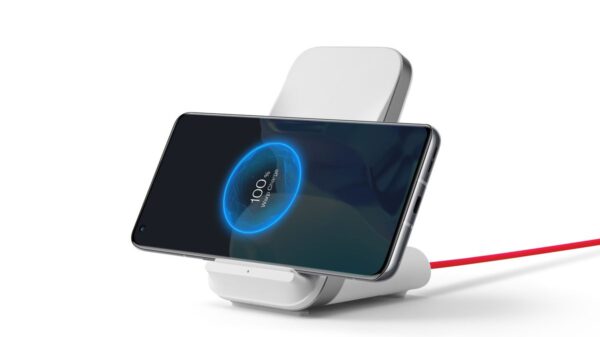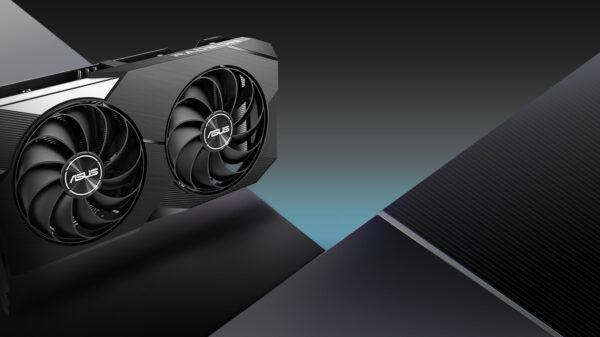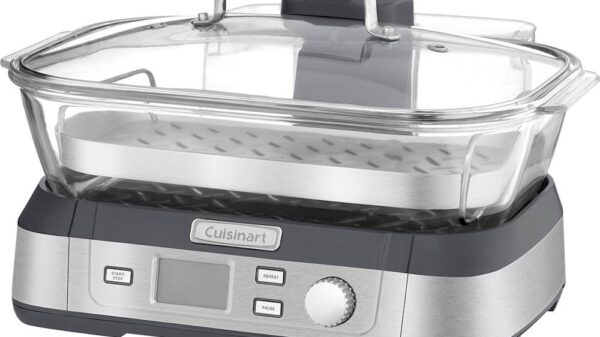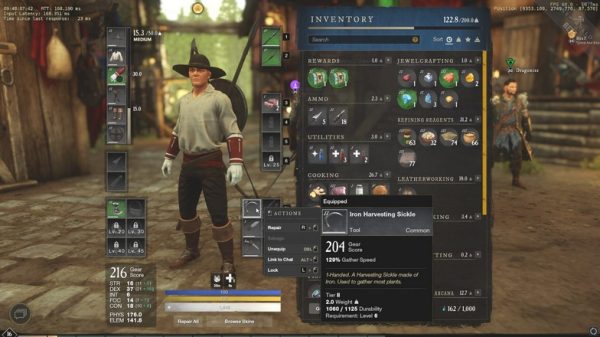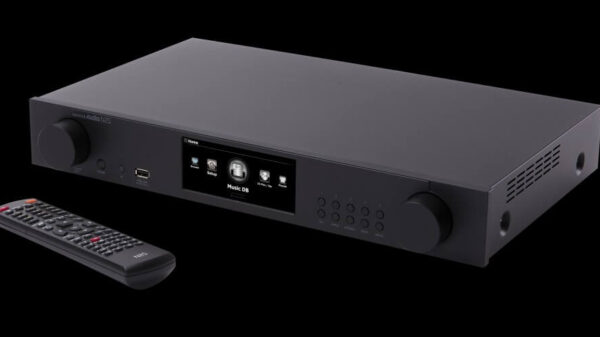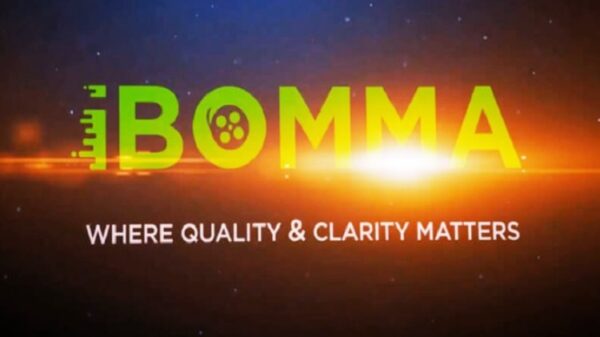Bioanalytical lab services are facing increasing demands and challenges in the biomedical and pharmaceutical domains. Rising demands for sensitive biochemical assays complemented with rapid turnaround times are already challenging. These difficulties are escalated further with the need to meet stringent and complex regulatory requirements such as assay development and validation, metabolites in safety testing, incurred sample reanalysis, and compliance. A significant challenge for bioanalysis labs such as immunogenicity bioanalytical services is the need to comply with 21 CFR Part 11 regulations. This requirement needs bioanalytical systems that fit with good practices and laboratory workflow, exceed performance demands, and are flexible enough to incorporate evolving technological advances.
Today, bioanalytical services have been tackling these challenges by building their systems. However, these customized solutions may require higher degrees of assay performance and sensitivity, resulting in complex workflows and routine troubleshooting. Often, this approach may lack flexibility and may be difficult to control. Hence, preclinical and clinical bioanalysis services should identify solutions to maximize efficiency in bioanalysis. The current article dives deeper into the bioanalysis of large molecules.
Maximizing efficiency for bioanalysis laboratories
The regulated bioanalytical studies are bombarded with newer methodologies and techniques to support preclinical and clinical assessments of a candidate drug product. The goal is to increase assay sensitivity and sample throughput and accelerate the journey of a candidate drug from early discovery studies to post-marketing assessments. However, bioanalytical laboratories are often left behind with fewer resources and staff to achieve the same level of success.
Earlier regulated bioanalysis focused on accumulating analyte concentration data. As the regulations evolved, bioanalytical labs now focus on generating robust qualitative and quantitative data on biomarkers and metabolites in the study matrices. With these newer regulatory requirements, there is an increasing pressure to deliver high-quality data in a short time, resulting in the need for more integrated and more efficient bioanalytical processes.
Importantly, all bioanalytical and analytical processes should be conducted under 21 CFR Part 11 and GLP/GMP compliances. Hence, all laboratories should have software and instrumental setups that meet these regulatory compliances without compromising the flexibility or productivity of the bioanalysis laboratory.
Additionally, newer regulatory requirements for incurred sample reanalysis and matrix interferences pose an additional layer of complexity in bioanalytical studies. These new regulations require scientists to develop bioanalytical methods with increased specificity, robustness, and reliability. This requirement, in turn, requires a higher degree of assay performance from all components within a system.
Bioanalytical laboratories should have robust sample preparation approaches to remove lipids and proteins from the study samples to reproducibly and accurately analyze the analyte of interest with a high degree of confidence. LC-MS systems are used widely in analyzing analytics in pharmaceutical studies. The chromatography unit must effectively resolve the target analyte from both the endogenous sample components and drug-derived metabolites. On the other hand, mass spectrometers deliver enhanced specificity to detect the analytes of interest with the desired sensitivity.
In Conclusion
Bioanalytical lab services are crucial for drug discovery and development studies. Pharmaceutical companies often rely on these services for small and large-molecule synthesis. However, adequate efforts are necessary to maximize efficiency in bioanalytical development and drive drug molecules toward post-marketing assessments.







